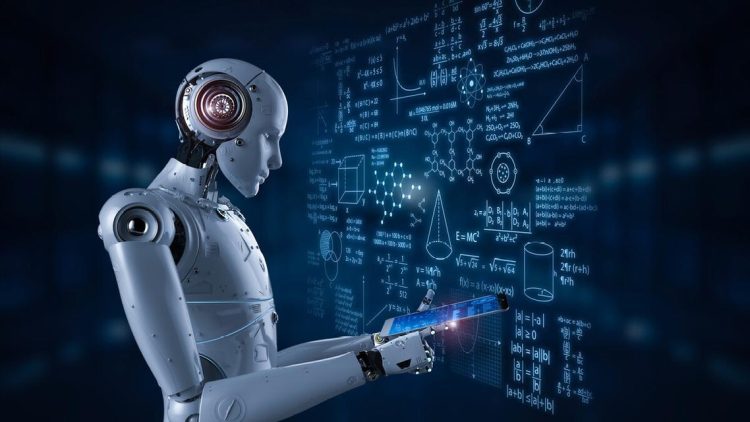In the relentless march of technological progress, one concept has emerged as a game-changer, reshaping industries, fueling innovation, and igniting the imagination of millions worldwide – Machine Learning. At the core of this revolution lies a simple yet profound idea: empowering computers to learn from data, without being explicitly programmed. Today, let’s embark on a journey to uncover the foundations of Machine Learning, exploring its essence, applications, and the transformative power it holds for our future.
The Essence of Machine Learning
At its most basic level, Machine Learning is a subset of Artificial Intelligence (AI) that enables computers to improve their performance over time through experience. Rather than relying solely on hard-coded rules, ML algorithms analyze vast amounts of data, identifying patterns and making predictions or decisions based on these insights. This process mimics the way humans learn, albeit on a vastly accelerated scale and with a level of precision unachievable by any mortal mind.
Supervised, Unsupervised, and Reinforcement Learning
Within the vast landscape of Machine Learning, three primary learning paradigms stand out:
- Supervised Learning: Here, the algorithm is presented with labeled data, allowing it to learn the relationship between inputs and desired outputs. Think of it as a teacher showing a student examples of right and wrong answers, guiding them towards correct predictions.
- Unsupervised Learning: In contrast, unsupervised learning deals with unlabeled data. The algorithm must discover hidden patterns or structures within the data, without any guidance on what to look for. This is akin to exploring a new landscape, discovering features and clusters of information that may not have been apparent at first glance.
- Reinforcement Learning: Reinforcement Learning (RL) takes a more interactive approach. It involves training an agent to take actions in an environment, receiving rewards or penalties based on the outcomes of those actions. Over time, the agent learns to maximize its rewards, optimizing its behavior through trial and error. This paradigm is particularly well-suited for complex decision-making problems.
The Power of Machine Learning in Action
The applications of Machine Learning are vast and varied, touching every aspect of our lives. From personalized recommendations on streaming platforms to fraud detection in financial systems, ML is making the world more efficient, convenient, and secure.
In healthcare, ML algorithms analyze medical images to detect diseases earlier, predicting outcomes and tailoring treatments to individual patients. In retail, they analyze shopping patterns to offer personalized promotions, enhancing customer experience and driving sales. And in transportation, autonomous vehicles rely on ML to navigate complex road conditions, ensuring safer and more efficient travel.
The Future of Machine Learning
As the field continues to evolve, we can expect even more profound impacts from Machine Learning. With the advent of quantum computing, we may soon witness ML algorithms capable of solving problems that were previously unimaginable. And as we delve deeper into the realms of AI ethics and governance, we’ll ensure that this technology benefits all members of society, equitably and responsibly.
In conclusion, Machine Learning represents a fundamental shift in the way we approach problem-solving and decision-making. By empowering computers to learn from data, we unlock a world of possibilities, where technology serves as a catalyst for progress and transformation. As we continue to explore the depths of this exciting field, the future promises to be brighter, more interconnected, and filled with endless opportunities for growth and discovery.


















































Discussion about this post